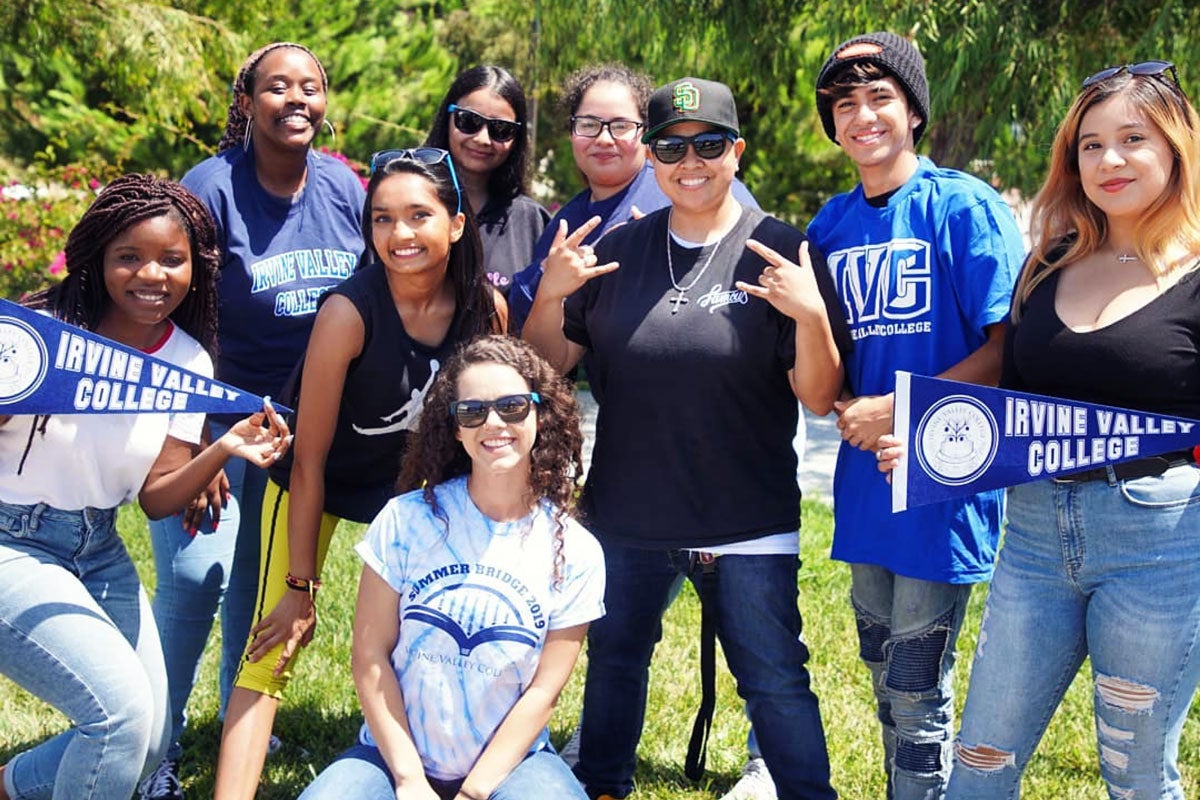- To post a Safe Space sign in your office or on your course website, see sample image or a page of six to color print.
- You can also add a Safe Space logo to your email signature.
Irvine Valley College LGBTQIA+ Safe Space program aims to increase awareness of the lesbian, gay, bisexual, transgender, queer/questioning, intersexed, and asexual/agender communities on campus, to support the college’s efforts to promote an accepting, supportive, and diverse learning environment, and to create a welcoming and tolerant environment for all members of the campus community.
Safe Space Training: Please view the IVC Safe Space presentation until you are able to complete an in-person Safe Space training at IVC. Also available is this Safe Space training and this Safe Space guide. To understand the differences between gender identity, gender expression, biological sex, sexual attraction and romantic attraction, see this easy diagram. To schedule an appointment for Safe Space training, contact Erin Pollard.
How to be an LGBTQIA+ Ally: Learn about issues that are important to the community. Be visible in your support, don’t assume it is simply understood. Make sure you are attending LGBTQIA+ events/trainings, talking about LGBTQIA+ issues, and speaking affirmatively about LGBTQIA+ people. Encourage family and friends to be allies. Take care of the people in your life who need support. Let people in the LGBTQIA+ community speak and let them know they are heard. Speak up on behalf of LGBTQIA+ people and issues, educate others and correct mistakes, especially when it might be difficult or impossible for an LGBTQ+ person to do so themselves. Understand that being an active ally is something you have to consistently choose to do, it is not an identity in the same way being queer is. It is possible to make mistakes as an ally, but that means it is also possible to learn and grow as well.
Faculty: Fostering a safe learning space in your classroom starts with you, consider including a statement in your opening to your classes and/or your syllabi to address what a Safe Space is and how you will implement the philosophy of Safe Spaces into your classroom. Demonstrate your support and knowledge of the LGBTQIA+ community in your classes: use gender affirming language, incorporate lessons on queerness and queer people into your curriculum, share your pronouns, and make it clear that intolerant speech is not supported in the class. You can add this statement to your syllabus, or use it as a model for what you include. While we are speaking about Safe Spaces here in terms of LGBTQIA+ students, note that this sort of statement and philosophy is important in cultivating a safe learning environment for all students. (Request a Safe Space Training to learn more about what it means and how to be a Safe Space!)
Safe Space: As a class we are all responsible for fostering a safe learning environment that is both a Safe Space and a Brave Space. These are spaces that value the vulnerability and bravery it takes to learn, and understand that for a class to be at its best all participants should feel comfortable participating as their authentic selves. While discussing challenging topics may lead to discomfort, the classroom should never feel unsafe.
The ability for everyone to add their diverse perspectives and backgrounds to the class, and have them heard and reflected upon respectfully is an invaluable resource to our learning. We will be engaging in critical thinking and reflection, using discomfort constructively rather than destructively. We will be reflecting on what is said instead of reacting or judging, allowing people the space and opportunity to genuinely participate as themselves. We will show respect to others in the class and assume the good intentions of others. Though intolerant and hateful speech will not be tolerated in this class.
Safe Space Sign







